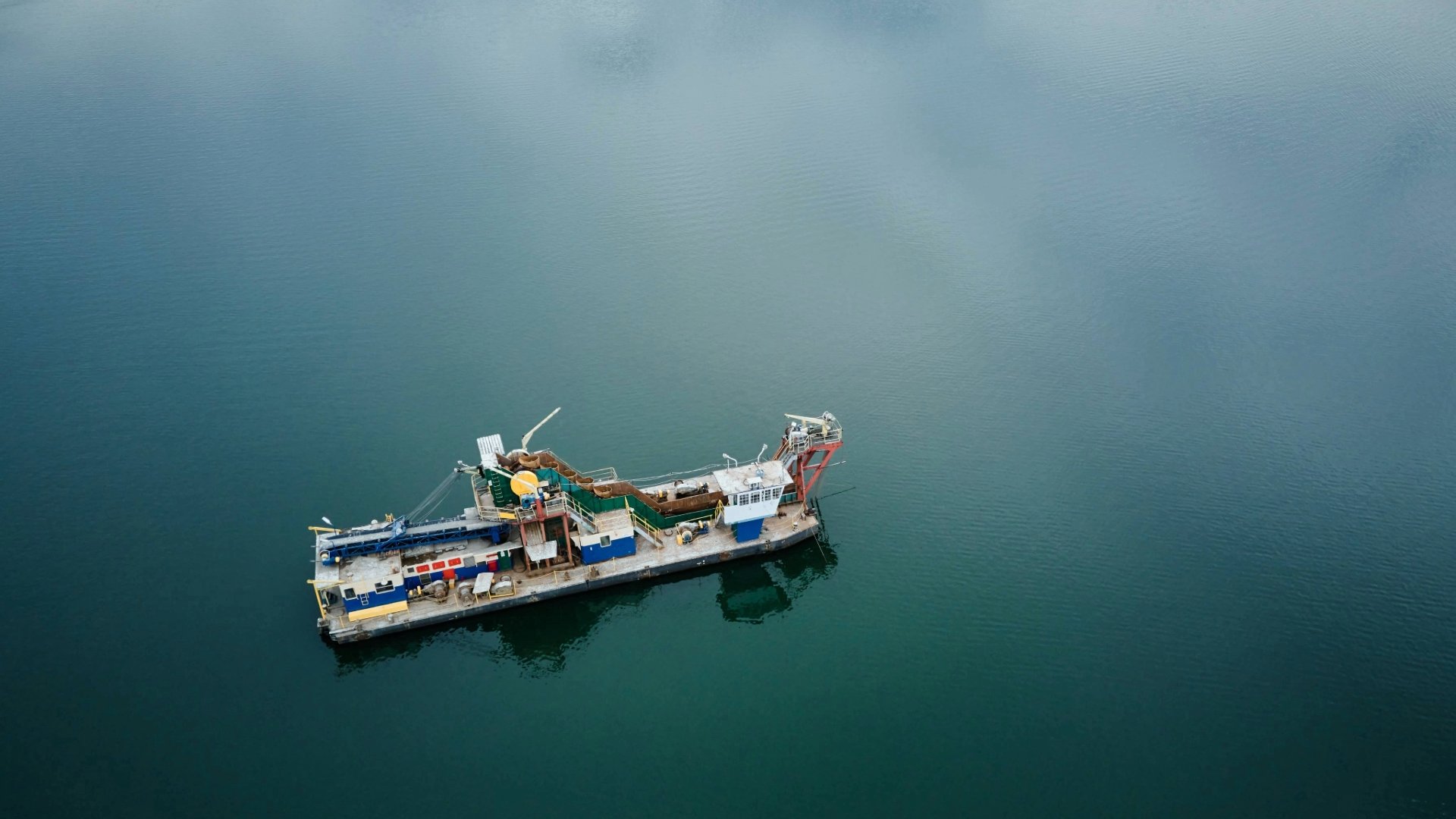Introduction
In a significant leap toward sustainable marine infrastructure, UK Dredging—a subsidiary of Associated British Ports (ABP)—has unveiled its latest innovation: the UKD Seadragon, a hybrid multipurpose dredger designed to redefine efficiency, versatility, and environmental responsibility in maintenance dredging operations.
This cutting-edge vessel, built by Damen Shipyards to the Shoalbuster 2711 design, has officially joined the UK Dredging fleet following a naming ceremony in Cardiff, Wales, in June. The UKD Seadragon is poised to set a new benchmark in eco-friendly dredging, blending advanced engineering with green technology to support the maintenance and development of the UK’s busy harbors and waterways.
Meeting the Evolving Needs of Modern Ports
As global shipping traffic increases and climate regulations tighten, ports face growing pressure to maintain navigable waterways without compromising environmental sustainability. Maintenance dredging—the regular removal of accumulated silt, sediment, and debris from harbors and access channels—is critical to ensuring vessels can move safely and efficiently.
However, traditional dredging vessels are often associated with high fuel consumption and significant emissions. The UKD Seadragon was developed in direct response to this challenge, combining multipurpose capabilities with a focus on emission reduction and operational flexibility.
Built for Versatility and Performance
The UKD Seadragon is far more than a traditional dredging vessel. It was custom-built to carry out multiple marine operations, including:
- Water-injection dredging
- Hydrographic surveys
- Bed-levelling
- Buoy handling
- Support for harbor maintenance
With a length of 27 meters, a beam of approximately 10 meters, and a bollard pull of 41 tonnes, the vessel offers exceptional maneuverability in confined and shallow waters. It has a maximum draught of 3 meters, allowing it to access areas typically unreachable by larger dredgers. With a deck area of 75 m², the UKD Seadragon can also carry a wide range of equipment essential for complex port operations.
Advancing Eco-Friendly Dredging Through Technology
At the heart of the UKD Seadragon’s innovation is its diesel-electric propulsion system, featuring three independent generators. This system enables the vessel to operate on a single engine during low-demand operations, dramatically reducing fuel consumption and greenhouse gas emissions.
“UK Seadragon has already completed various water-injection dredging trials at different locations such as Cardiff, Swansea, and Newport,” said Mark Pearson, General Manager at UK Dredging. “We have seen impressive dredging performances at low fuel consumption. Moreover, the versatility and the maneuverability of this advanced vessel clearly enhance our fleet.”
The use of water-injection dredging (WID) further boosts the vessel’s eco-friendly credentials. Unlike traditional dredging methods, which remove sediment by physically digging or scooping it out, WID utilizes low-pressure water jets to fluidize sediment, allowing it to disperse naturally with water currents. This method minimizes turbidity, reduces resuspension of harmful materials, and requires less energy, making it ideal for environmentally sensitive areas.
High-Tech Equipment for Maximum Impact
To enhance its dredging capabilities, the UKD Seadragon is equipped with a Damen E-DOP 450L submersible dredge pump, which is mounted on a skid and lowered to the seabed via a dedicated A-frame on the stern. This modular pump is electrically driven, offering greater control, reduced maintenance, and compatibility with future power sources, including hybrid or fully electric energy systems.
By integrating high-efficiency dredging tools with low-emission propulsion, the UKD Seadragon is engineered not only to meet current regulatory standards but to future-proof port maintenance operations as environmental rules become more stringent.
Supporting Port Infrastructure and Coastal Resilience
The UKD Seadragon arrives at a time when the UK’s maritime infrastructure is under growing pressure to remain resilient in the face of climate change, rising sea levels, and increased vessel traffic. Regular maintenance dredging is essential for ports like Cardiff, Swansea, and Newport, where sediment build-up can quickly reduce channel depth, disrupt shipping schedules, and impact the economy.
By deploying a vessel that emphasizes eco-friendly dredging methods, ABP is not only safeguarding access for commercial and recreational vessels but also contributing to the broader goals of coastal protection and marine habitat conservation.
A Model for the Global Dredging Industry
The launch of the UKD Seadragon represents more than a fleet upgrade—it signals a shift in how dredging operations are approached globally. As nations seek to modernize their port systems while addressing environmental concerns, the UKD Seadragon presents a compelling case study in striking a balance between performance and sustainability.
Its success highlights the importance of investing in hybrid technology, modular dredging equipment, and versatile vessels that can perform multiple tasks efficiently and cleanly. The lessons learned from UKD Seadragon’s deployment can inform global best practices in harbor maintenance, especially in regions where environmental sensitivity and port accessibility intersect.
Conclusion
The UKD Seadragon stands as a symbol of what the next generation of dredging vessels should look like: versatile, fuel-efficient, and environmentally responsible. By integrating diesel-electric systems, water-injection dredging, and advanced handling technologies, it represents a bold step toward greener, smarter maritime infrastructure.
As UK Dredging continues to trial and expand the vessel’s role across key UK ports, it paves the way for a cleaner, more efficient future in maintenance dredging, benefiting not only ports and shipping companies but also the communities and ecosystems that surround them.
